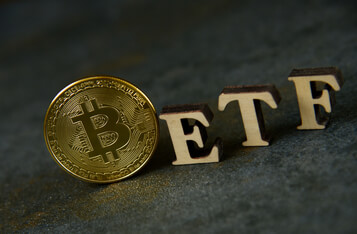Cosmos' Osmosis Sees 43% Decrease in Trading Volumes in Q2 2023, Reported Messari
According to Messari, in Q2 2023, the Osmosis Protocol, a decentralized exchange (DEX) within the Cosmos ecosystem, experienced a decrease in volumes and users, each down over 25%.

According to Messari, in Q2 2023, the Osmosis Protocol, a decentralized exchange (DEX) within the Cosmos ecosystem, experienced a decrease in volumes and users, each down over 25%. Despite this, Inter-Blockchain Communication (IBC) transfers remained a bright spot, bringing in nearly half a billion dollars in inflows to Osmosis.
The quarter saw a 43% quarter-on-quarter (QoQ) decrease in trading volumes, with ATOM volumes falling to 15% of total volume, its lowest share ever. "USDC made up 14.9% of volume in Q2, its lowest in the last four quarters," which is expected to change with the introduction of native USDC to the Cosmos network.
Average daily liquidity on Osmosis has been trending lower since Q1 2022, with a 17.9% fall from the previous quarter in Q2 2023. Despite this, "depositors remained patient in Q2, as average daily yield from trading fees fell to 3.8% (daily fees per unit of TVL, compounding daily) from 5.6% in Q1."
Transaction counts of every type fell in Q2, with governance-related activity seeing the largest QoQ decline. Voting and Osmosis staking transactions were down 71% and 55%, respectively, accounting for nearly a third of the fall in transactions counts in the quarter. However, transactions related to the core product, with IBC transfers and swaps, fell only 21% and 23%, respectively.
Despite a year of subdued value flows, "over $466 million was transferred to Osmosis via the IBC network in Q2." Total IBC transfer volume on Osmosis fell 4% from the previous quarter to $2.1 billion transferred.
On June 19, Osmosis unveiled its next development phase, OSMO 2.0, which includes a revised tokenomics model aimed at improving the sustainability of the protocol and better aligning incentives. Key changes include a halving of the inflation rate, an extension of the emission timeline, a shift in emission allocation to incentivize long-term stakers, the introduction of a protocol revenue burn mechanism, and a fee share mechanism.
Despite the decrease in key metrics, the network continues to adapt and implement new strategies for its growth. The introduction of OSMO 2.0 demonstrates an ongoing commitment to sustainability and better alignment of incentives, which could set the stage for a potential rebound in the coming quarters.
Image source: Shutterstock




